Much more than meets the eye
At CAF, we know there is much more to railway signalling than meets the eye because we design and provide comprehensive, state-of-the-art control, command, and signalling solutions.
We develop cutting-edge solutions for general-purpose and urban lines that cover infrastructure, onboard equipment, and control centres.
Our technology enables operators and infrastructure managers to ensure the highest safety standards and optimise railway flow.
For us, every project is unique. That is why we offer tailored solutions to meet each client's specific needs, working together to create more efficient, safe, reliable, and environmentally friendly railway transport.


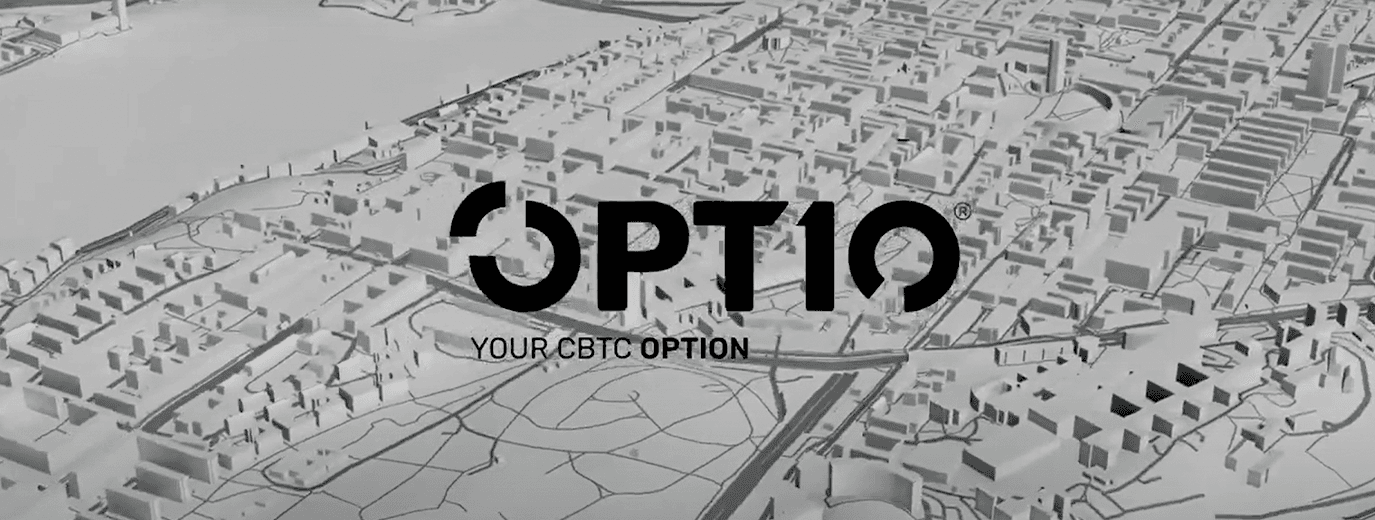
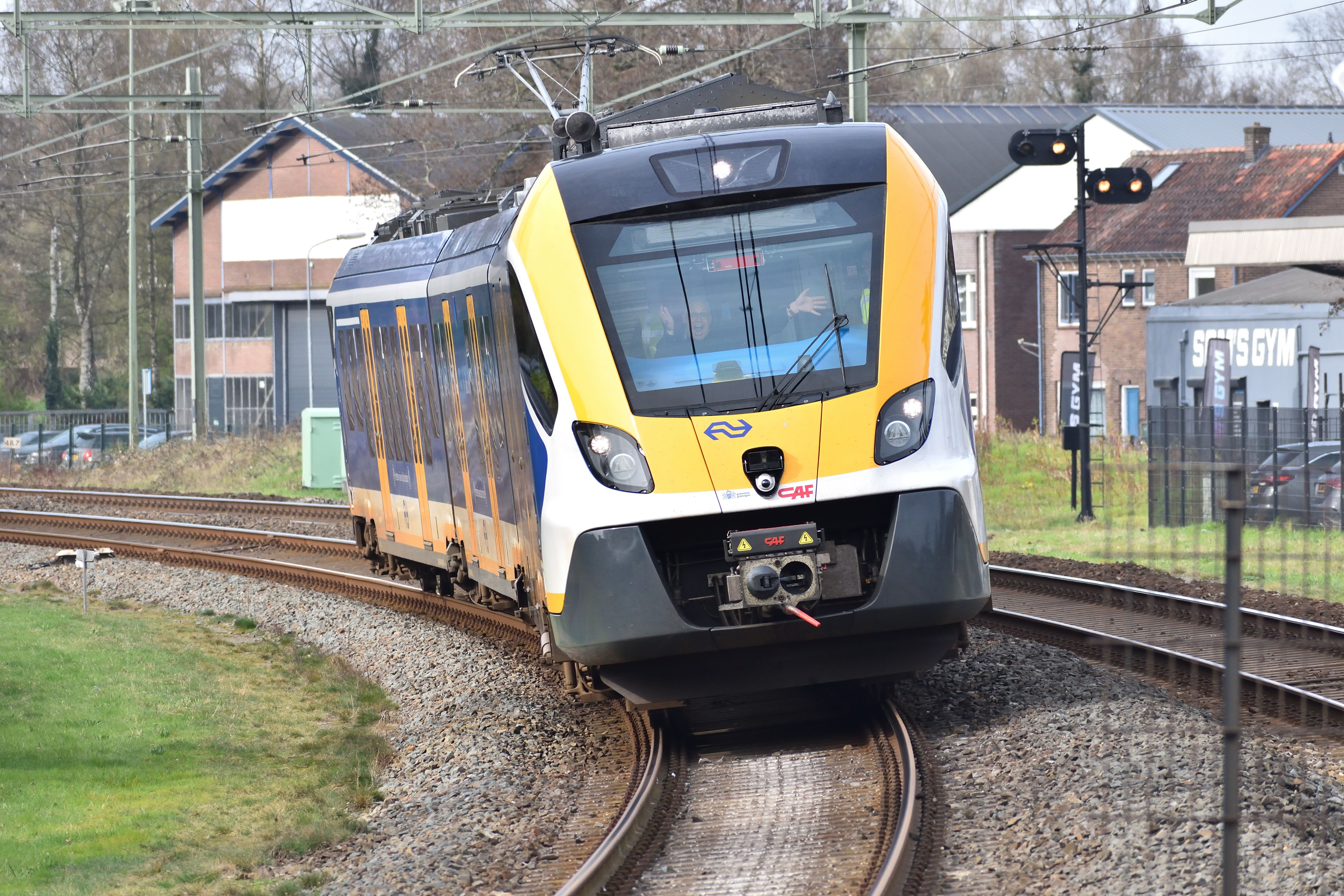

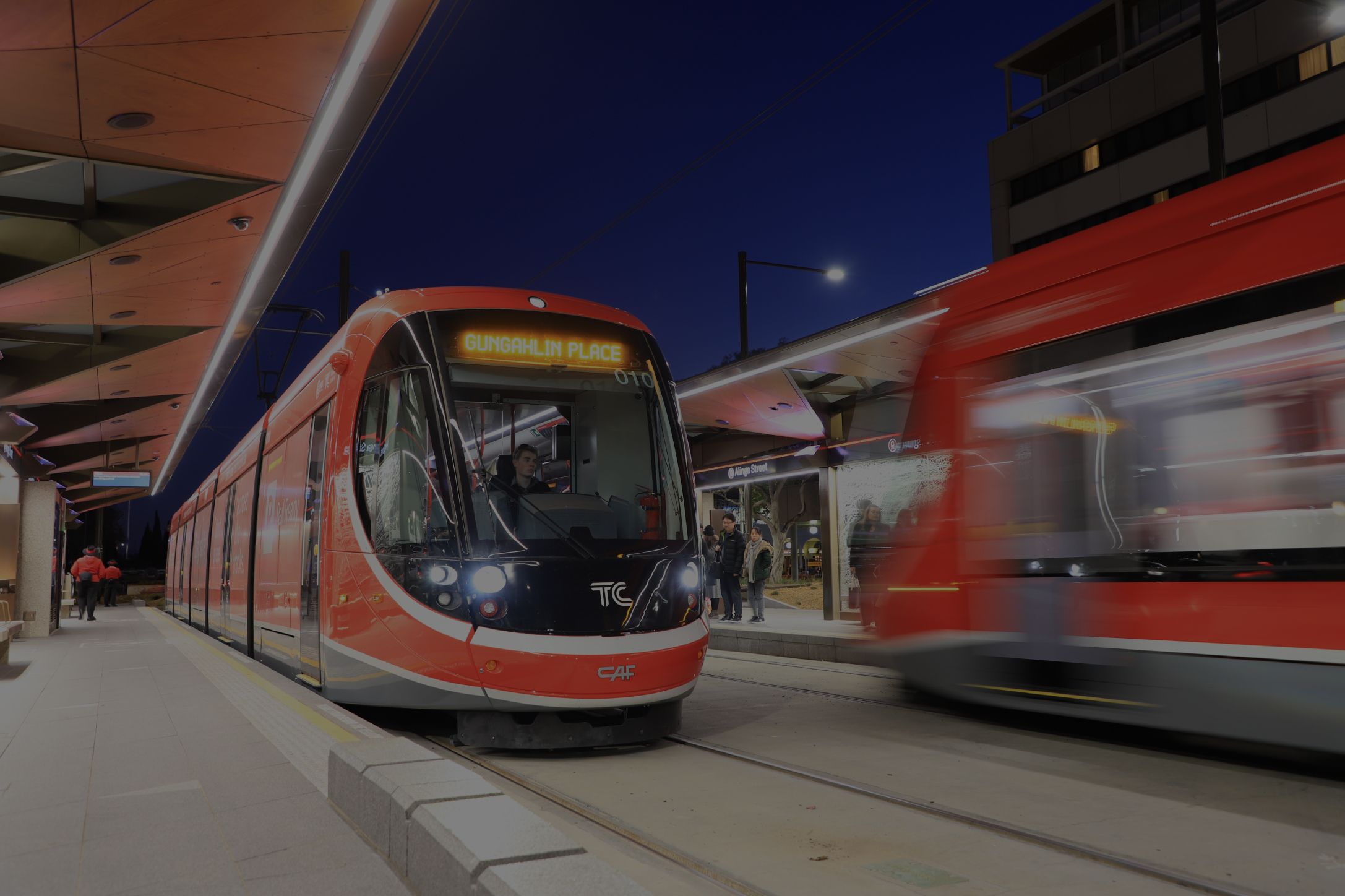
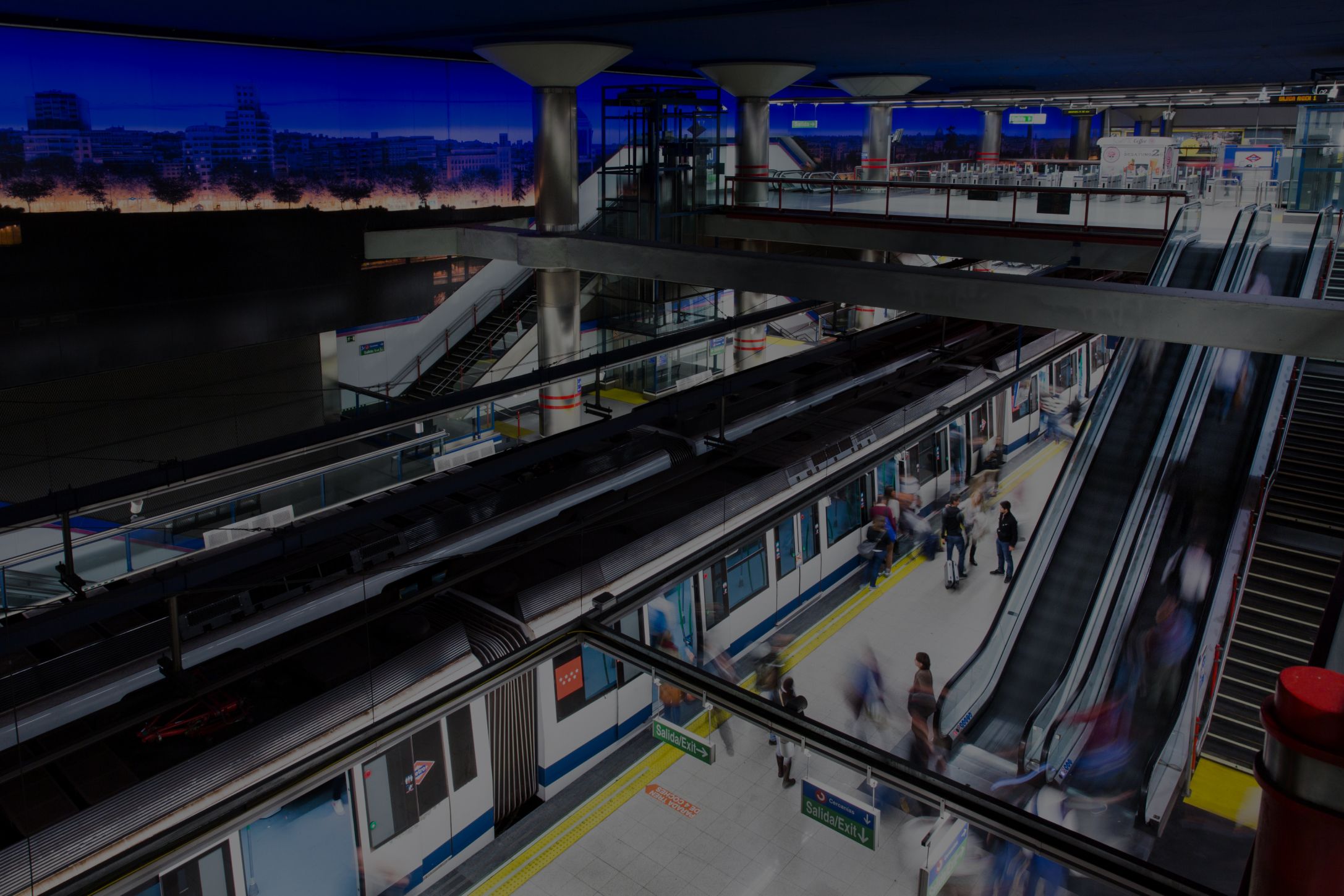


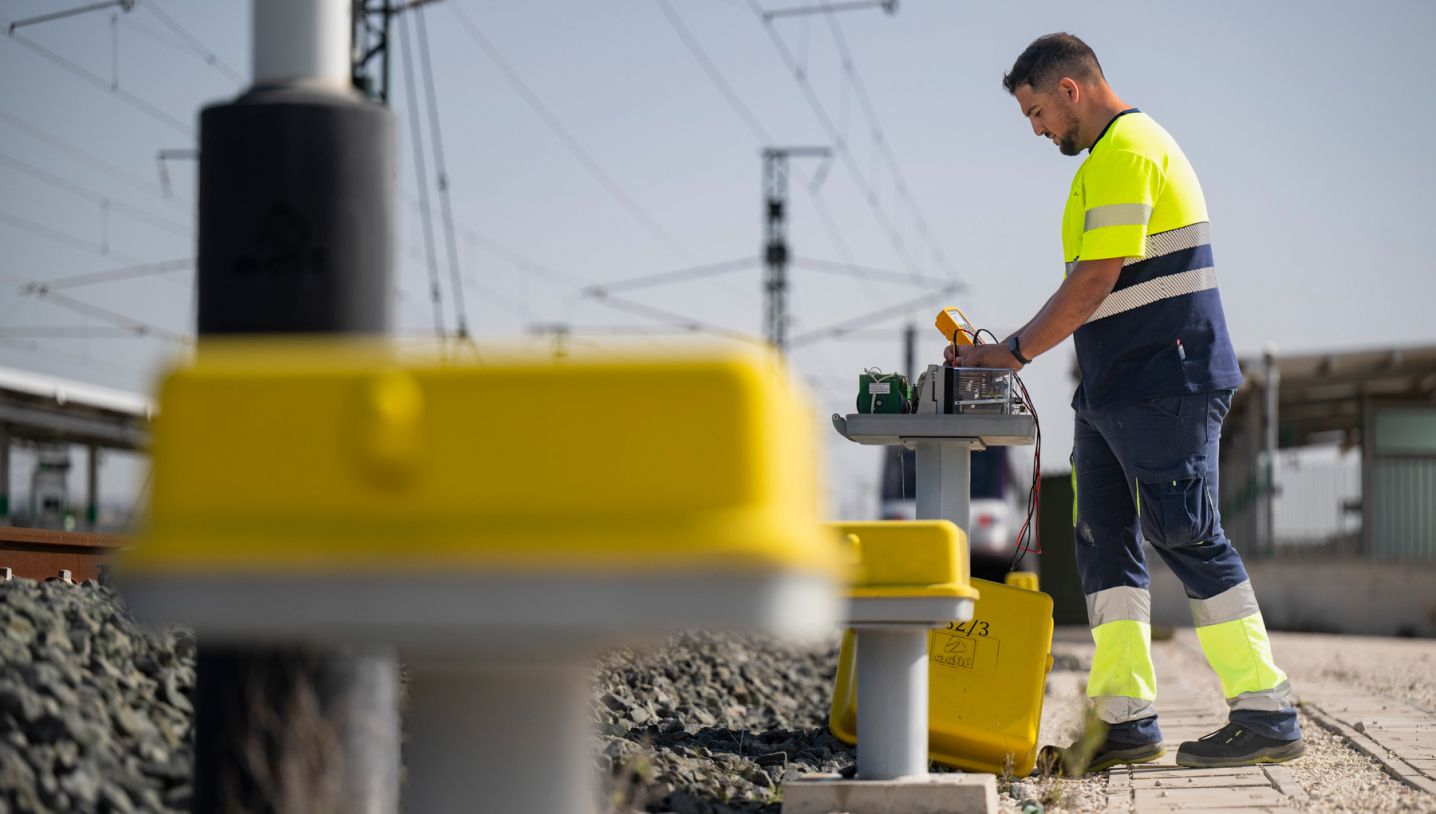
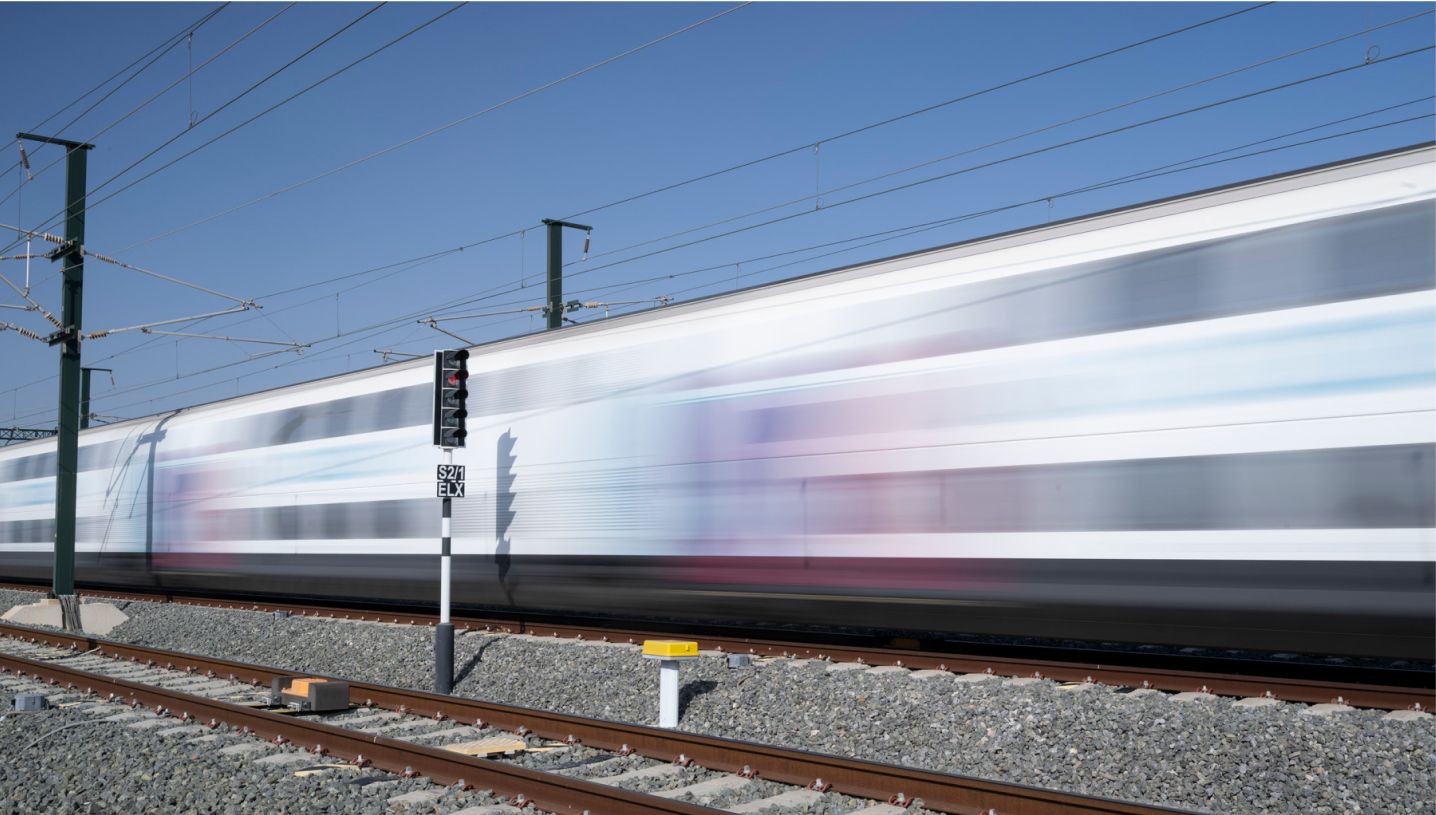
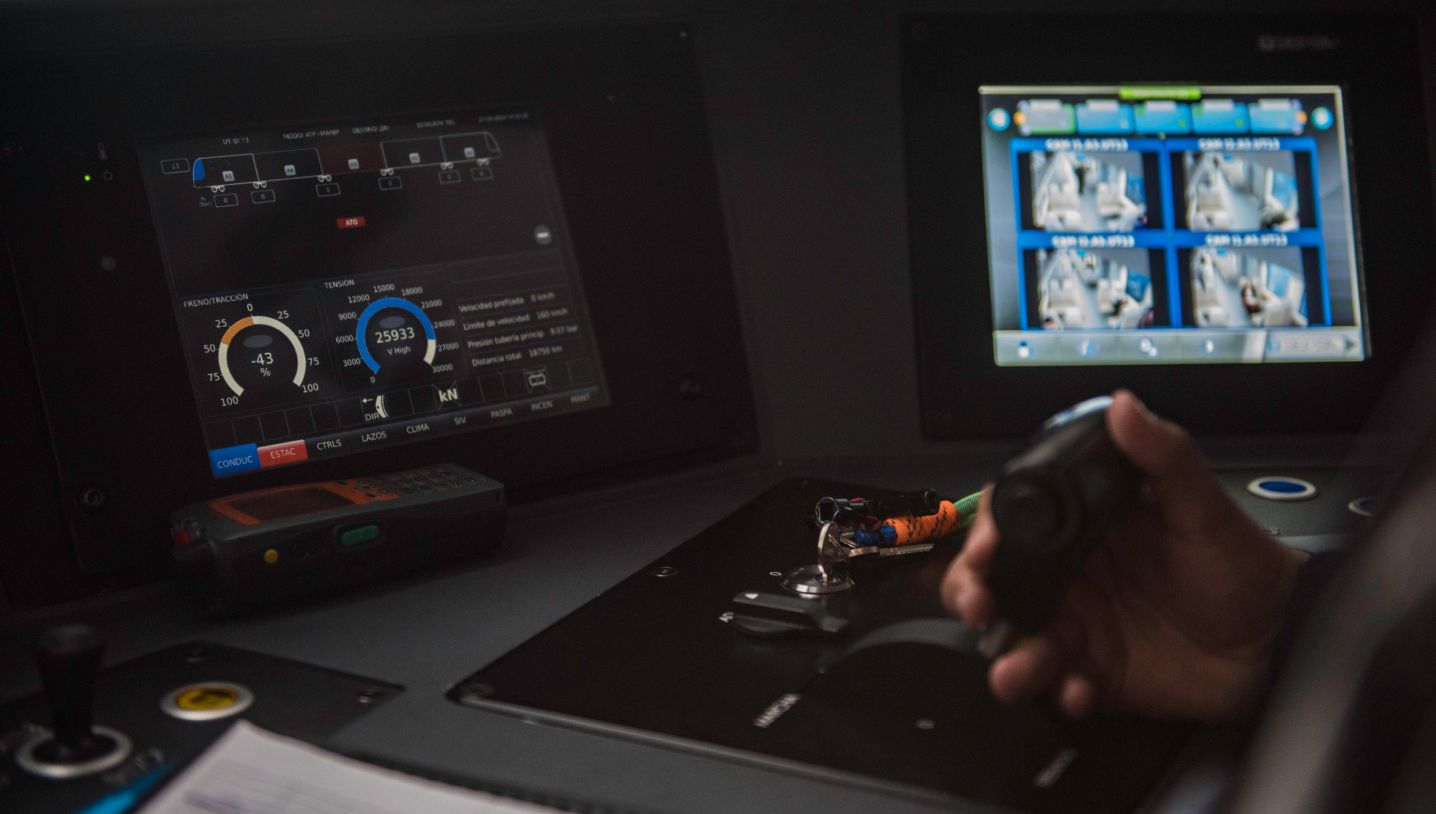
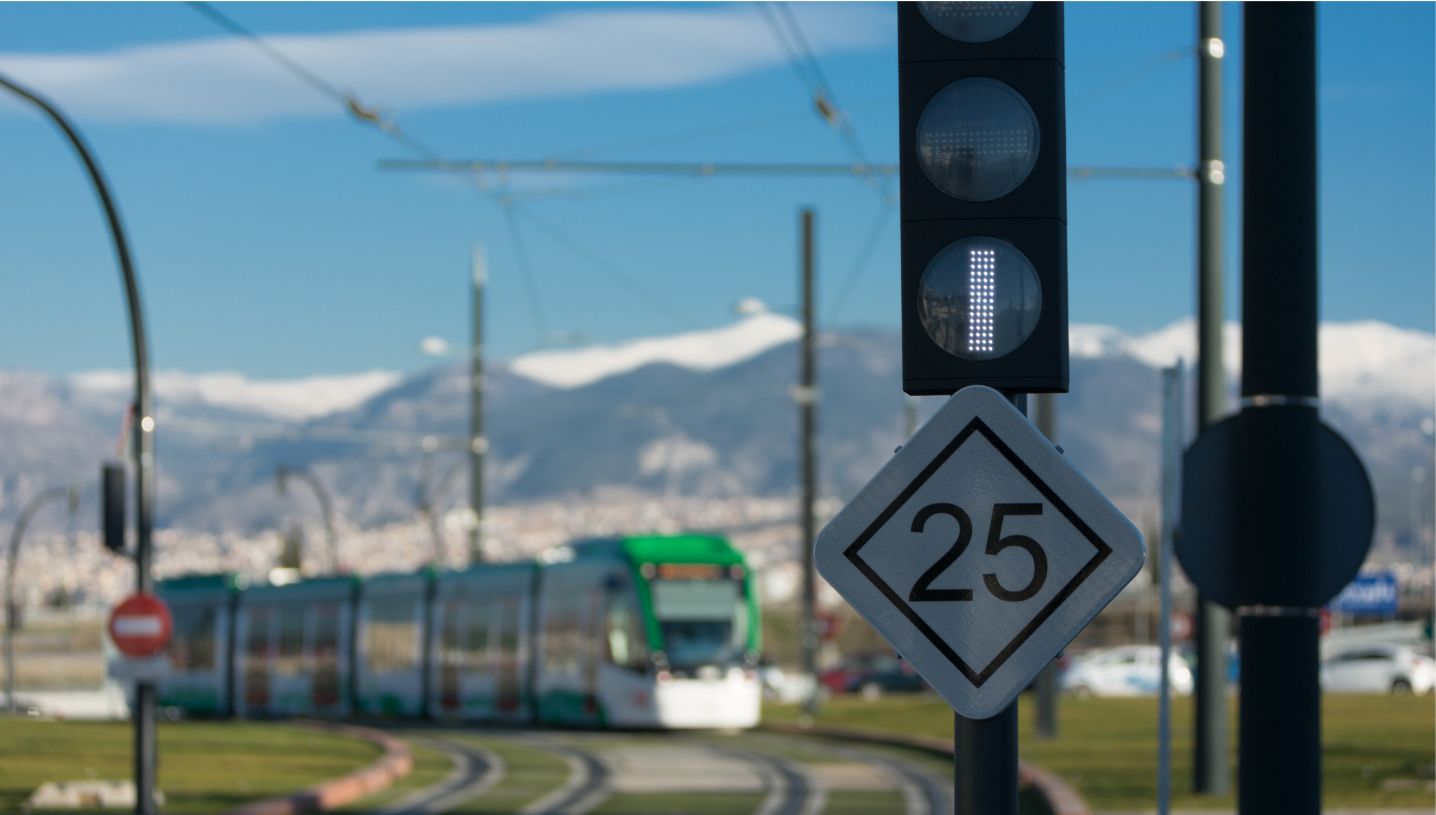
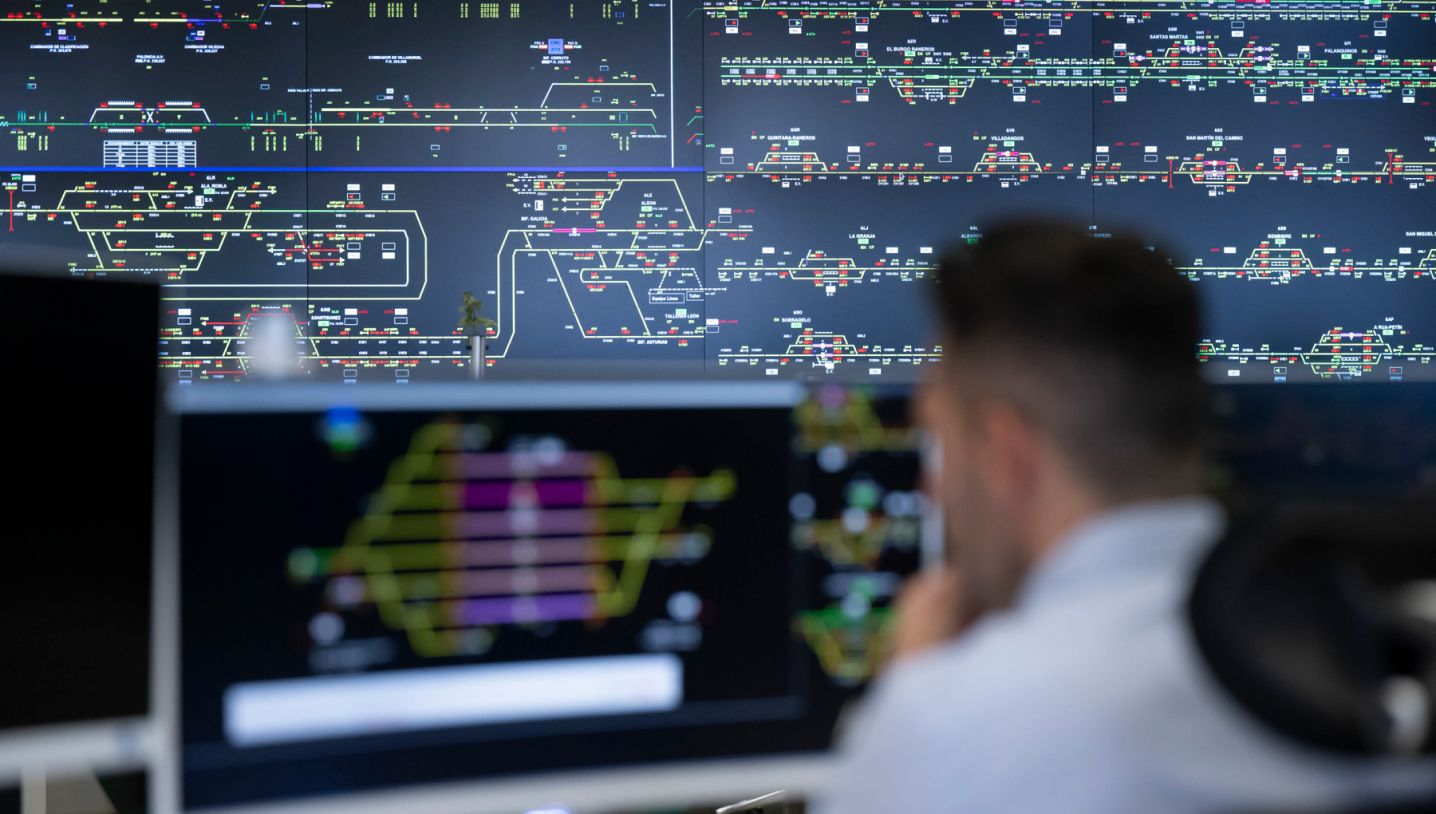


 .
.